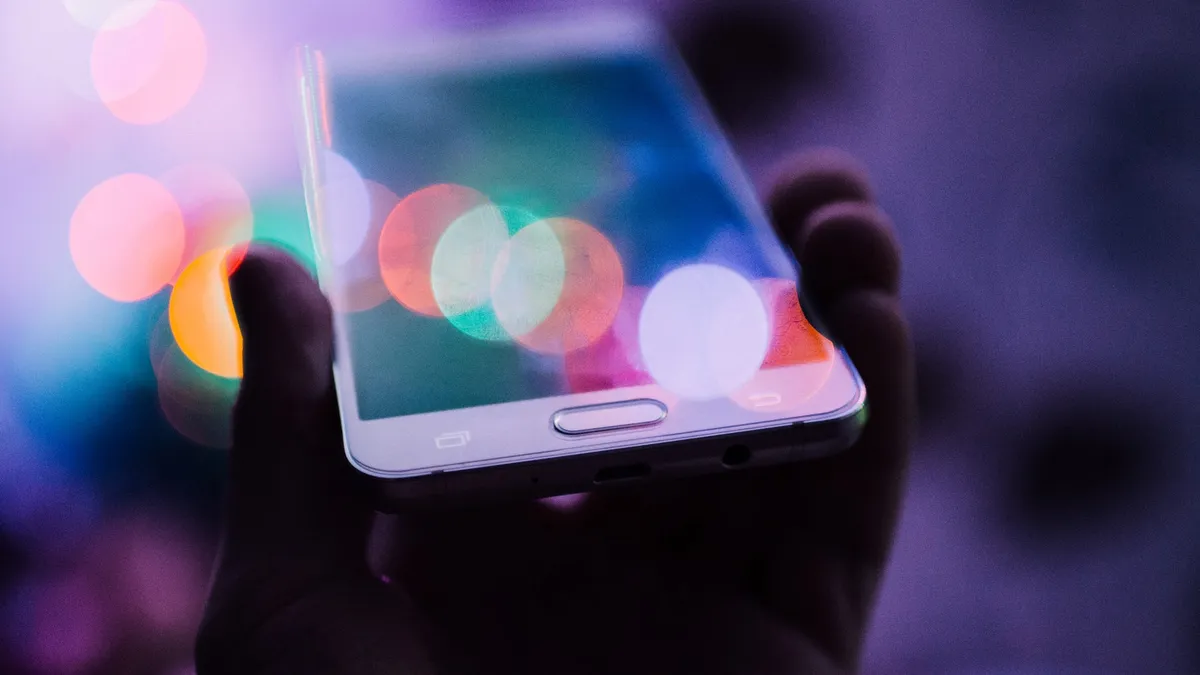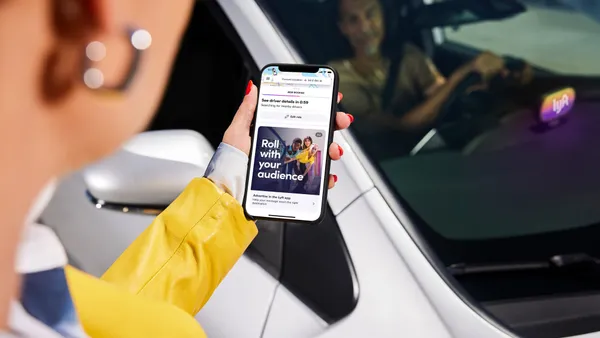Editor's note: The following is a guest post from Jeff Hasen, mobile strategist at Possible Mobile.
New mobile technologies and shifts in consumer behavior have to be factored in as we enter the all-important selling season.
Here are three areas to keep an eye on:
An earlier start to holiday buying
Here’s some bad news. If you haven’t started thinking about holiday programs, you are woefully behind.
According to the National Retail Federation, consumers have had the holidays in mind long before the first snow. The holiday season starts ahead of Black Friday, with more than half of holiday shoppers starting to research and plan their gifts in October or earlier — before they start committing to actual purchases.
Interestingly, consumers may be entering the holidays armed with more information but that doesn’t mean their minds are completely made up, the NRF reported. Nine in 10 holiday shoppers said that something convinced them to make a purchase they may have been hesitant about; and more than half purchased an item that was recommended to them by the retailer online.
We will surely see even more mobile activity this year. Continuing a trend, comScore determined that $80.2 billion was spent online during the November-December 2016 holiday season, up 17% year-over-year.
Mobile commerce grew 44% from a season ago, with $17.1 billion spent via smartphones and tablets. M-commerce accounted for 21% of the season’s total digital sales, up from 17% in 2015, as more people are comfortable making their holiday purchases on mobile devices.
EMarketer indicates that the total U.S. holiday e-commerce sales are forecast to climb by 16.6% this year. Total holiday retail sales are predicted to rise by 3.1% year-over-year.
Augmented reality
One of the most important advancements shipping with iOS 11 is the ARKit for augmented reality apps. Apple has named this the “largest AR platform in the world.”
What’s so important about AR? Developers and marketers are now able to create more engaging and personal experiences by overlaying content on a user's view of the real world. For example, through AR a retailer can “place” items for sale in a consumer’s own living room, thereby providing a compelling event that should further differentiate apps from mobile websites.
Early AR forays can also help businesses separate themselves from competitors.
Apple isn’t the only mover in AR. In the late summer of this year, Google announced ARCore, its answer to ARKit. However, it’s important to realize that at least initially, AR experiences in the Android environment are available only for Google’s own Pixel phones and Samsung’s S8 smartphone.
Weekend spikes
With increased time available, one might expect more brick-and-mortar activity during the weekends, but mobile sales actually increase on Saturdays and Sundays.
“Shoppers who are out and about on Saturdays may see items they want in store and decide to skip the line and purchase on their phones,” Criteo said in a report.
“In terms of the time of day, the overall e-commerce activity peaks on Sunday evenings, likely due to a similar offline to online dynamic. During holiday shopping periods, people keep items in their persistent carts as they shop across sites during the week or see the merchandise in person on the weekend. They are finally ready to click the ‘buy’ button as their weekend ends.”
And, of course, it’s not all about mobile. As Criteo reminds us, it’s about the shopper, not the device.
Nearly 60% of shoppers think it’s important to be able to start an order in one channel and change or complete it in another, per IBM.
Sixty-four percent of shoppers want line associates to be able to access an online cart and modify it or complete the order in the store.
In summary, start reading these reports and others ASAP in order to place yourself and your business in a position to win the holidays. Most importantly, start thinking about it now, ahead of the holidays, before it’s too late to act.













